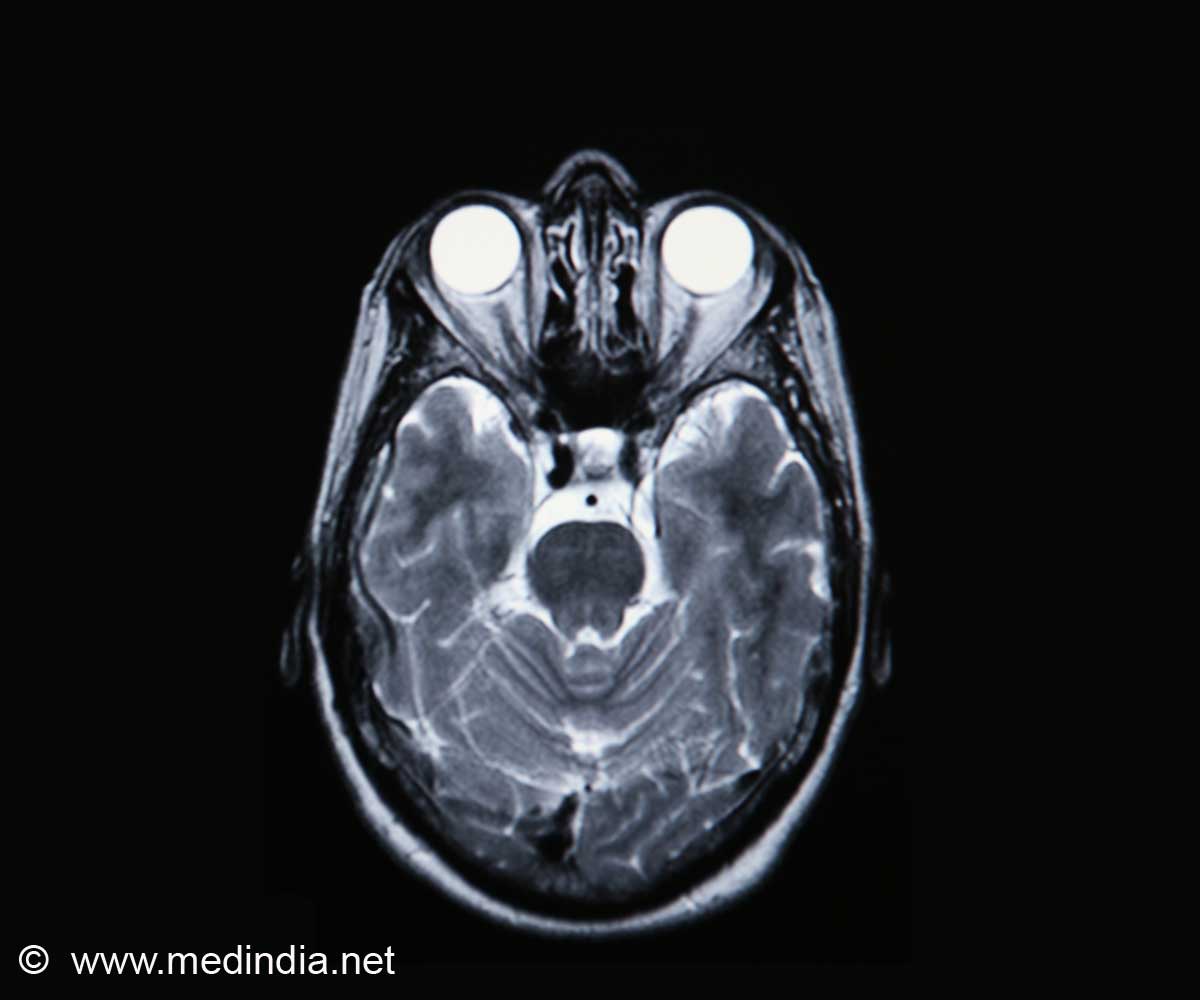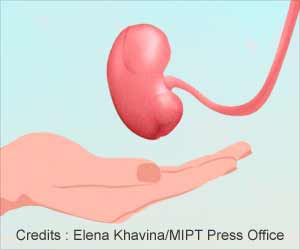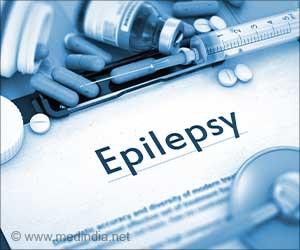A new research has found how those affected by substance abuse, binge eating and obsessive compulsive disorder have the same pattern of decision making in brain structure

In our daily lives, we make decisions based either on habit or aimed at achieving a specific goal. For example, when driving home from work, we tend to follow habitual choices – our 'autopilot' mode – as we know the route well; however, if we move to a nearby street, we will initially follow a 'goal-directed' choice to find our way home – unless we slip into autopilot and revert to driving back to our old home. However, we cannot always control the decision-making process and make repeat choices even when we know they are bad for us – in many cases this will be relatively benign, such as being tempted by a cake whilst slimming, but extreme cases it can lead to disorders of compulsivity.
In order to understand what happens when our decision-making processes malfunction, a team of researchers led by the Department of Psychiatry at the University of Cambridge compared almost 150 individuals with disorders including methamphetamine dependence, obesity with binge eating and obsessive compulsive disorder, comparing them with healthy volunteers of the same age and gender.
Study participants first took part in a computerised task to test their ability to make choices aimed a receiving a reward over and above making compulsive choices. In a second study, the researchers compared brain scans taken using magnetic resonance imaging (MRI) in healthy individuals and a subset of obese individuals with or without binge eating disorder (a subtype of obesity in which the person binge eats large amounts of food rapidly).
The researchers demonstrated that all of the disorders were connected by a shift away from goal-directed behaviours towards automatic habitual choices. The MRI scans showed that obese subjects with binge eating disorder have lower grey matter volumes – a measure of the number of neurons – in the orbitofrontal cortex and striatum of the brain compared to those who do not binge eat; these brain regions are involved in keeping track of goals and rewards. Even in healthy volunteers, lower grey matter volumes were associated with a shift towards more habitual choices.
Dr Valerie Voon, principal investigator of the study, says: "Seemingly diverse choices – drug taking, eating quickly despite weight gain, and compulsive cleaning or checking – have an underlying common thread: rather that a person making a choice based on what they think will happen, their choice is automatic or habitual.
Advertisement
Advertisement












